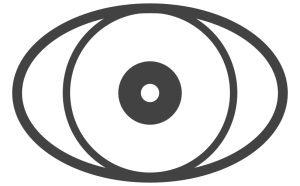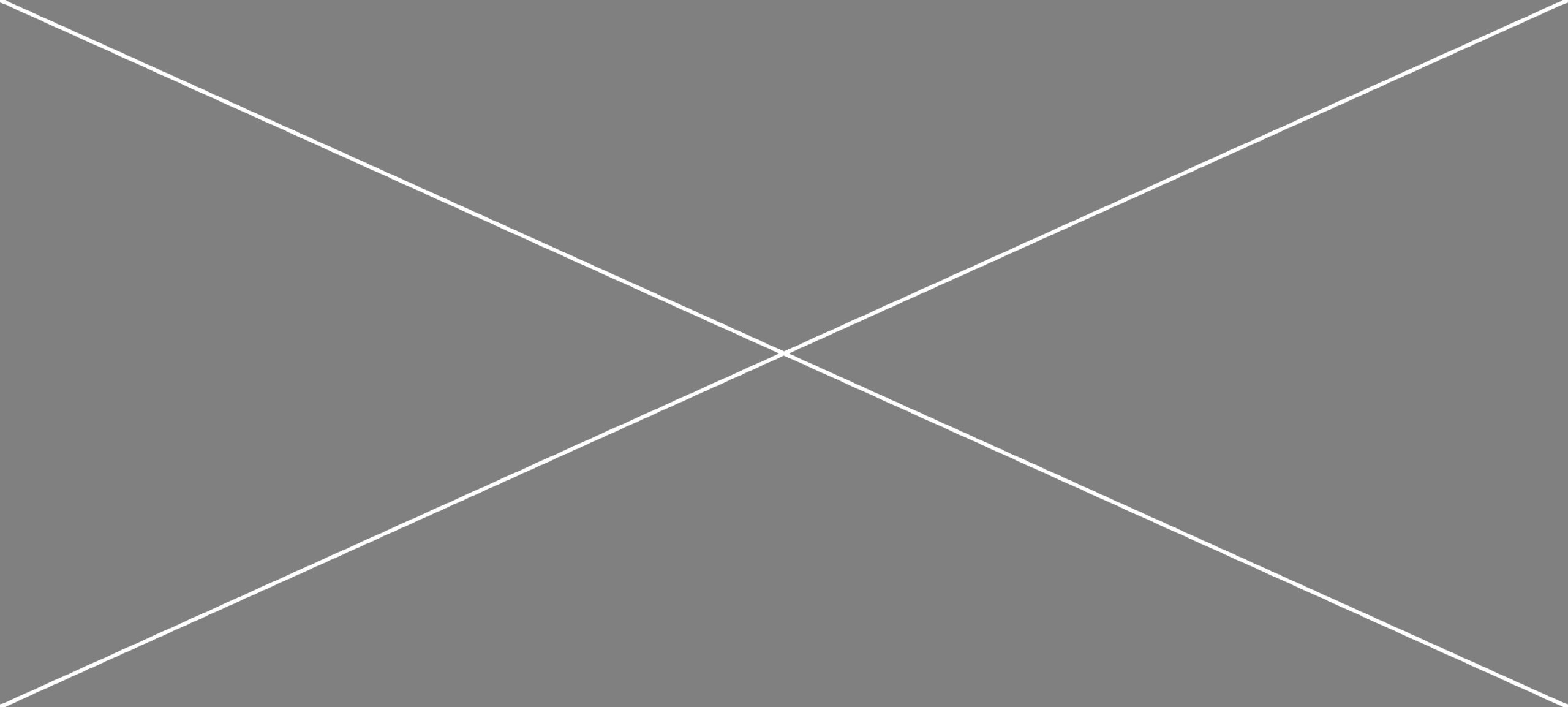I will contribute a short text titled Home: A User’s Manual to the forthcoming edited volume Take One Object, edited by omás Errázuriz and Francisco Martínez (forthcoming, Bloomsbury), which gathers forty-five essays by anthropologists, designers, and artists reflecting on the lives of domestic things. When I was invited to illustrate the book, I decided not to simply represent the objects discussed in the essays. Instead, I approached each contribution—and the object at its center—as an ethnographic element: a small world of relations, gestures, and material imaginaries. My illustrations thus became visual ethnographic vignettes, treating both the text and the object it describes as field material to be reinterpreted and redrawn.
The result of this process is also reflected in my accompanying short text, Home: A User’s Manual. This piece takes inspiration from an object that has long accompanied my own practice: the instruction manual. I have been collecting manuals for years—from flat-pack furniture, electronics, kitchen tools, and even clothing labels—fascinated by their peculiar ability to translate gestures into arrows, emotions into icons, and relationships into numbered steps. Manuals condense entire worlds into a handful of pages, transforming action into sequence and uncertainty into design. For me, they are not merely functional guides but cultural narratives that reveal how we imagine living with things.
In Home: A User’s Manual, I treat the manual as both a reference and a method—a way of diagramming the relationships, processes, and rhythms of domestic life. When reading the essays of Take One Object, I began to see each as a kind of mechanism with moving parts: sensory moments, affective pivots, and narrative hinges. Using the visual language of the manual—arrows, sequences, and exploded views—I translated these textual mechanisms into schematic drawings. Each illustration functions as a visual hypothesis, revealing how ethnographic thought can unfold through diagrammatic gestures.
This approach turns illustration into a form of visual ethnography. The images are not decorative but analytical: they engage the essays as fieldwork, transforming ethnographic attention into visual translation. A kettle, a chair, or a lamp becomes a node within a network of relations, a device through which social and material life is diagrammed. The drawings operate as interpretive tools, opening new ways of reading and perceiving the essays—ways grounded in movement, temporality, and material process rather than representation.
Home: A User’s Manual thus reflects on illustration as ethnographic method. Drawing, like fieldwork, involves observation, translation, and care. Each line becomes a record of looking and interpreting, a mark of attention to the textures of everyday life. The manual’s grammar—precise yet open-ended—offered me a structure for exploring how domestic objects instruct us, orient us, and participate in our modes of dwelling.
Ultimately, my contribution to Take One Object proposes that the act of illustration can itself be a form of ethnography: a way of thinking with objects, not just about them. By using the manual of instructions as both conceptual and visual reference, Home: A User’s Manual invites readers to experience the book through another layer of attention—one where the domestic world is not only lived and written, but diagrammed into being.

